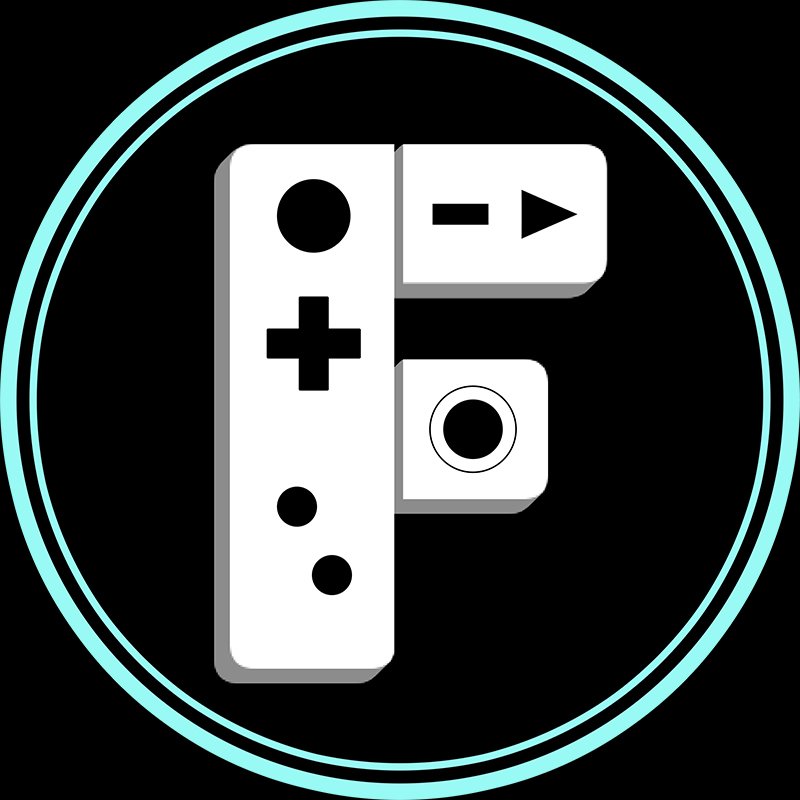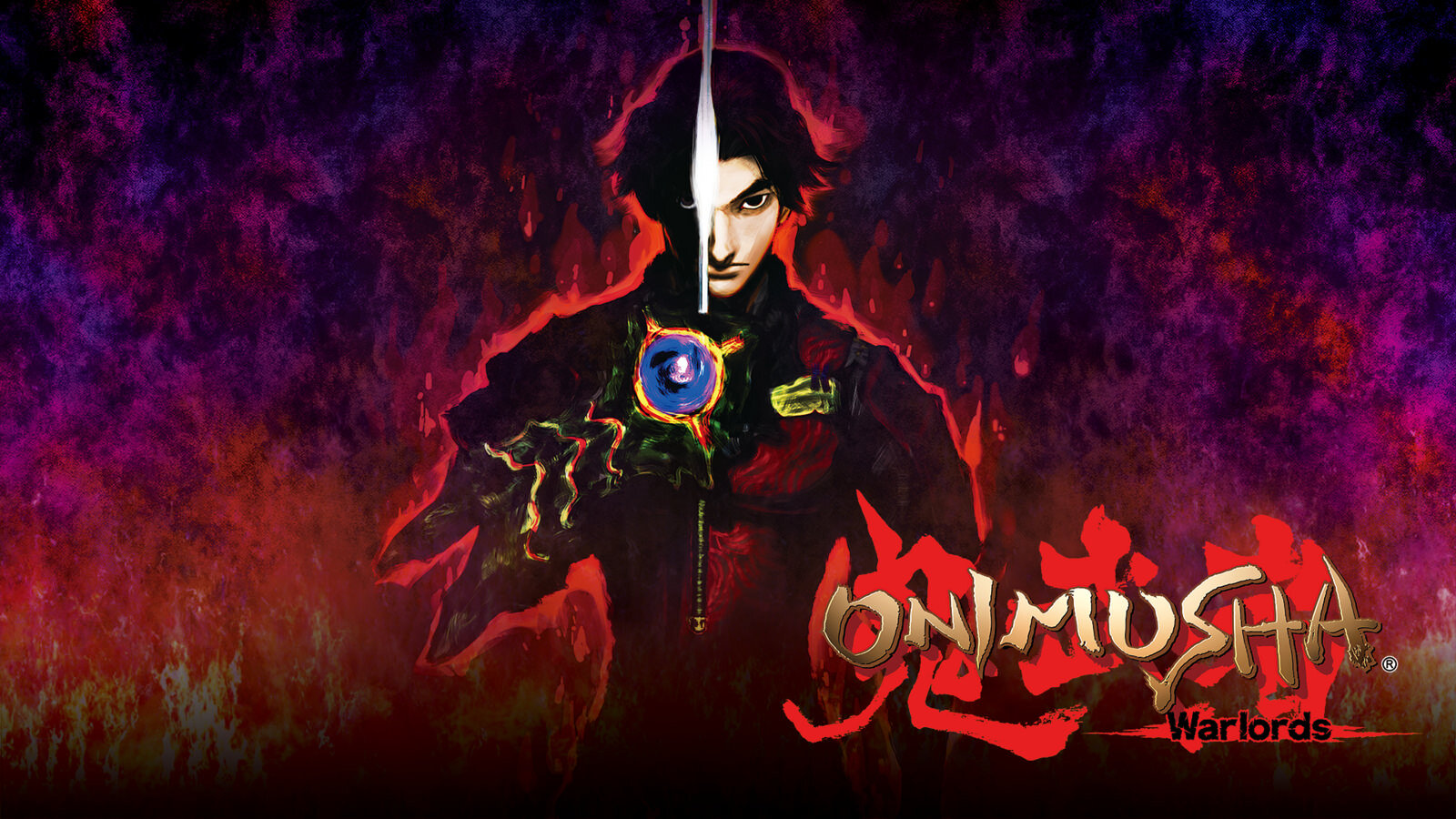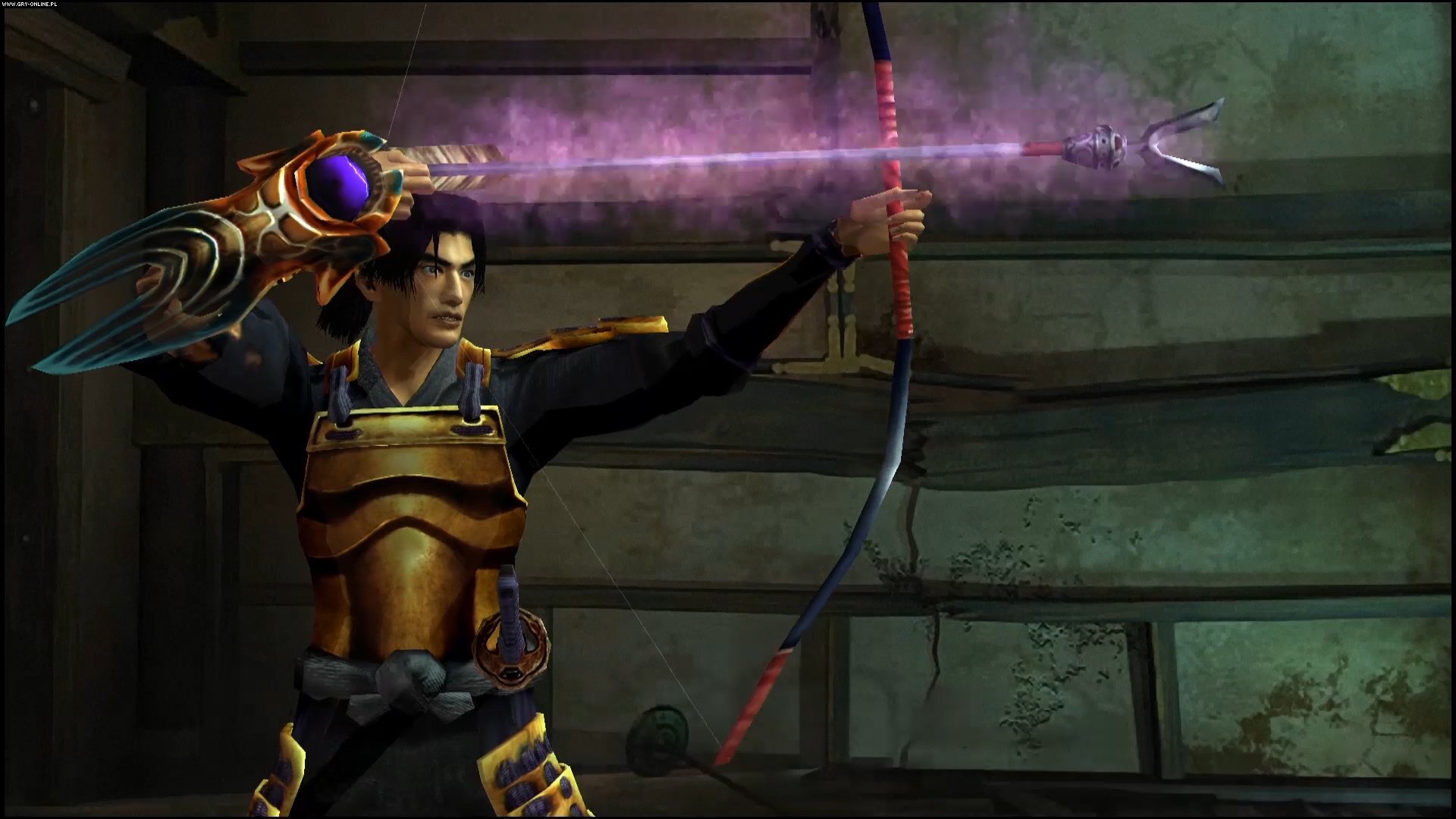Onimusha Retrospective
Capcom has a vast library of amazing games that they’ve helped release though their almost 40 years of business. Unfortunately, some of these fantastic franchises are in danger of being lost to the annals of time, some of them barely spoken about, and others are toted like splendid banners. Onimusha is one of the often forgotten intellectual properties, one that hasn’t seen a main series release since 2006. Only recently did players receive the first game on modern consoles.
Note - This article was originally featured as a guest piece on Retro Video Gamer but was lost in a site upgrade. Thankfully I still had the piece in my files and we’ve chosen to re-upload it here on Forever Classic Games. It has been edited to consider the recent remaster of Onimusha: Warlords on modern consoles.
Onimusha has an interesting history. Originally, the idea was to put the Resident Evil series into feudal-era Japan, where players would explore a large house filled with ninja-style traps. The game was also one of the few to take the actors voicing the characters and model them through face mapping and motion capture. This means that while Samanosuke is a fictional character, he looks and speaks like Takeshi Kaneshiro.
The same method was used for most of the characters and the style carried on to other titles in the series. It gave the games a Hollywood movie feel, as if these actors were merely playing a role in the game. This style of game development is likely why there have been few HD remasters or collections.
While more than half of the game was fully developed using the PSOne, the project was scrapped to instead move to the more powerful PS2. In March of 2001, Onimusha: Warlords was released for the PlayStation 2, starting an epic trilogy. The series saw moderate success, created some strange spin-off titles, and ended the series with a bit of an odd duck.
This is the story of the often forgotten Onimusha franchise.
Samanosuke pulling back the longbow weapon in the HD release of Onimusha Warlords.
Samanosuke pulling back the longbow weapon in the HD release of Onimusha Warlords.
ONIMUSHA: WARLORDS
Onimusha: Warlords is a highly condensed game putting players in the role of Samanosuke Akechi, a samurai warrior who must rescue the Princess Yuki from the demons known as the Genma that have beseeched Inabayama Castle. Led by the revived Oda Nobunaga, the demons begin a plot to make Nobunaga the all-powerful Lord of Demons. Luckily, the Oni clan bestows Samanosuke with a magical gauntlet that allows him to draw power out of the souls of defeated Genma. Together with Kaede, a ninja who is playable at several points in the game, the two set out to put a stop to Nobunaga's plans and save the princess. There are parallels drawn with actual Japanese history, which makes for some interesting twists for those that know the history and iconography of these figures.
Players of the classic Resident Evil games will feel right at home with Onimusha: Warlords. Most of the game takes place at Inabayama Castle and its surrounding grounds, emulating the mansion of the first Resident Evil title. The comparisons do not stop there, as Onimusha: Warlords also features the pre-rendered backgrounds that provided cinematic detail to Capcom’s previous work. As a further comparison, Onimusha also uses the tried and true tank-like control scheme, but with less focus on horror (even though some moments are indeed tense) and more emphasis on sword-on-sword action.
Throughout the game, players will have to navigate the castle to find secrets while wielding a multitude of elemental weapons to take out all sorts of Genma. While these weapons may seem powerful, the standard difficulty of the game doesn’t play around. Successfully finishing Onimusha: Warlords will require near mastery of the game’s combat systems, as well as hoarding several healing items. There are also cryptic puzzle boxes that can provide a significant advantage, but can be challenging brain teasers.
Where Onimusha shines is in its heated battle system, especially in the Dark Realm. The Dark Realm can be accessed about a third of the way through the adventure. To get there, a player must agree to its gatekeeper, after being promised incredible power. Traversing the Dark Realm is the one of the most challenging segments, forcing the player to manage health throughout, while also knowing when to use each weapon. Some swords work better against certain opponents and having access to certain magic attacks for different situations is helpful. Defeating the Dark Realm is liberating and full of high octane action, also granting the most powerful weapon in the game, which makes the rest of the bosses significantly easier.
Onimusha’s final chapter is certainly one of the most memorable, as two bosses have to bested. The first one is a clash of steel, while the second involves taking down overwhelming odds and magic. Both bosses contrast each other and the final moments of the game can only be described as epic.
Overall Onimusha: Warlords is a must play on the PS2, with only the slightest of hiccups in design. A few of the puzzles could certainly be reworked, and playing as Kaede just isn’t as fun as Samanosuke. The English voice actor is oftentimes painful, if not hilarious. Luckily, the game does have the original Japanese voices with subtitles. Playing at the higher difficulties is also recommended as it gives the player a better understanding of the game’s fairly deep combat mechanics.
There are also a few interesting unlockable costumes and higher difficulty modes to mess around with, making multiple playthroughs interesting.
Also to note is Genma Onimusha which was released on the original Xbox. This remastered version of the first game boasts better graphics, some change ups to the enemy layout, and more. It is definitely worth tracking down as a kind of director’s cut.
Miraculously, Onimusha: Warlords was given a port to Switch, PS4, Xbox One, and PC for those looking to check out this hidden gem with added convenience. As of this writing, I have yet to make comparisons between the HD port, the Xbox release, and the original release.
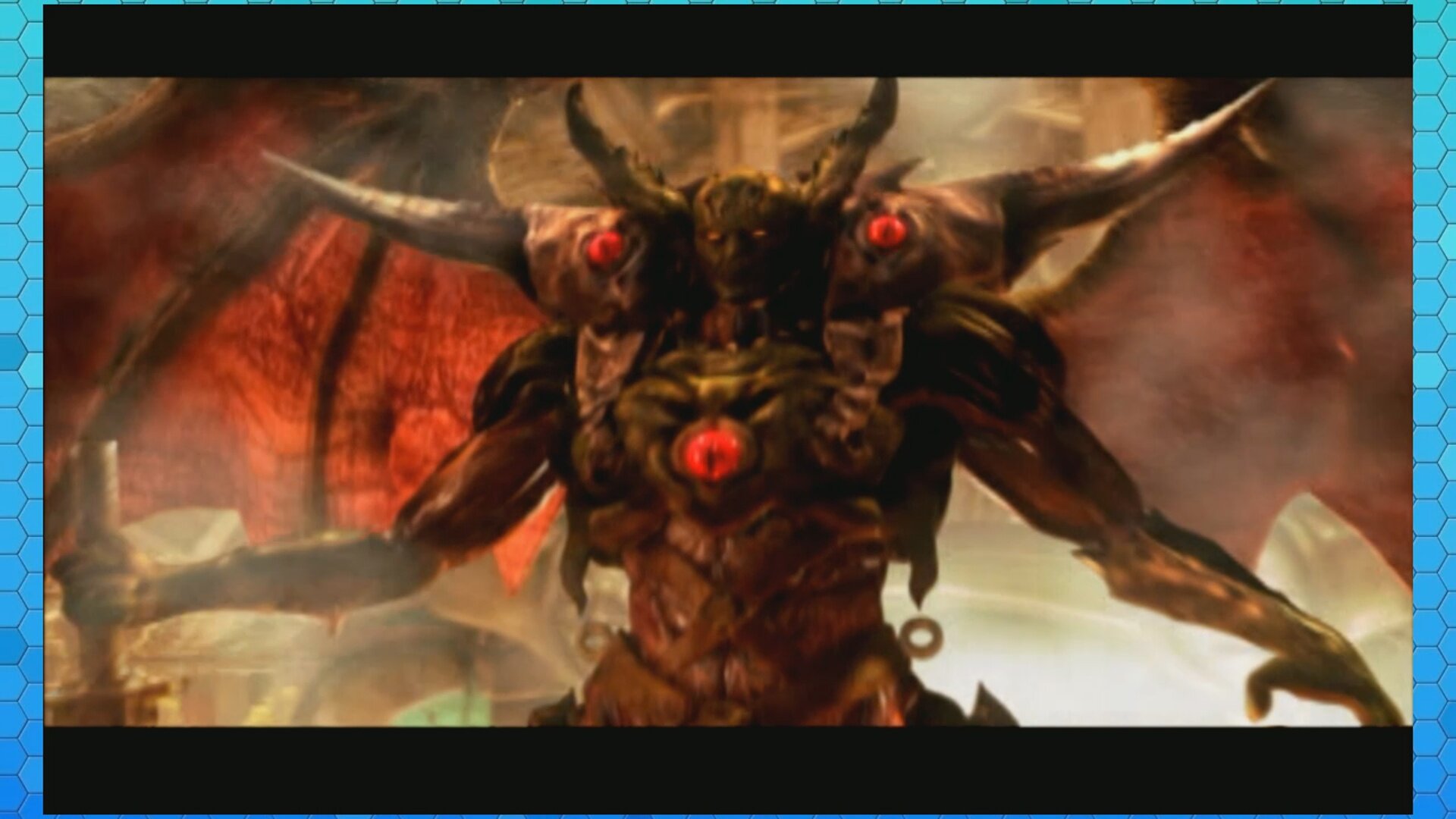
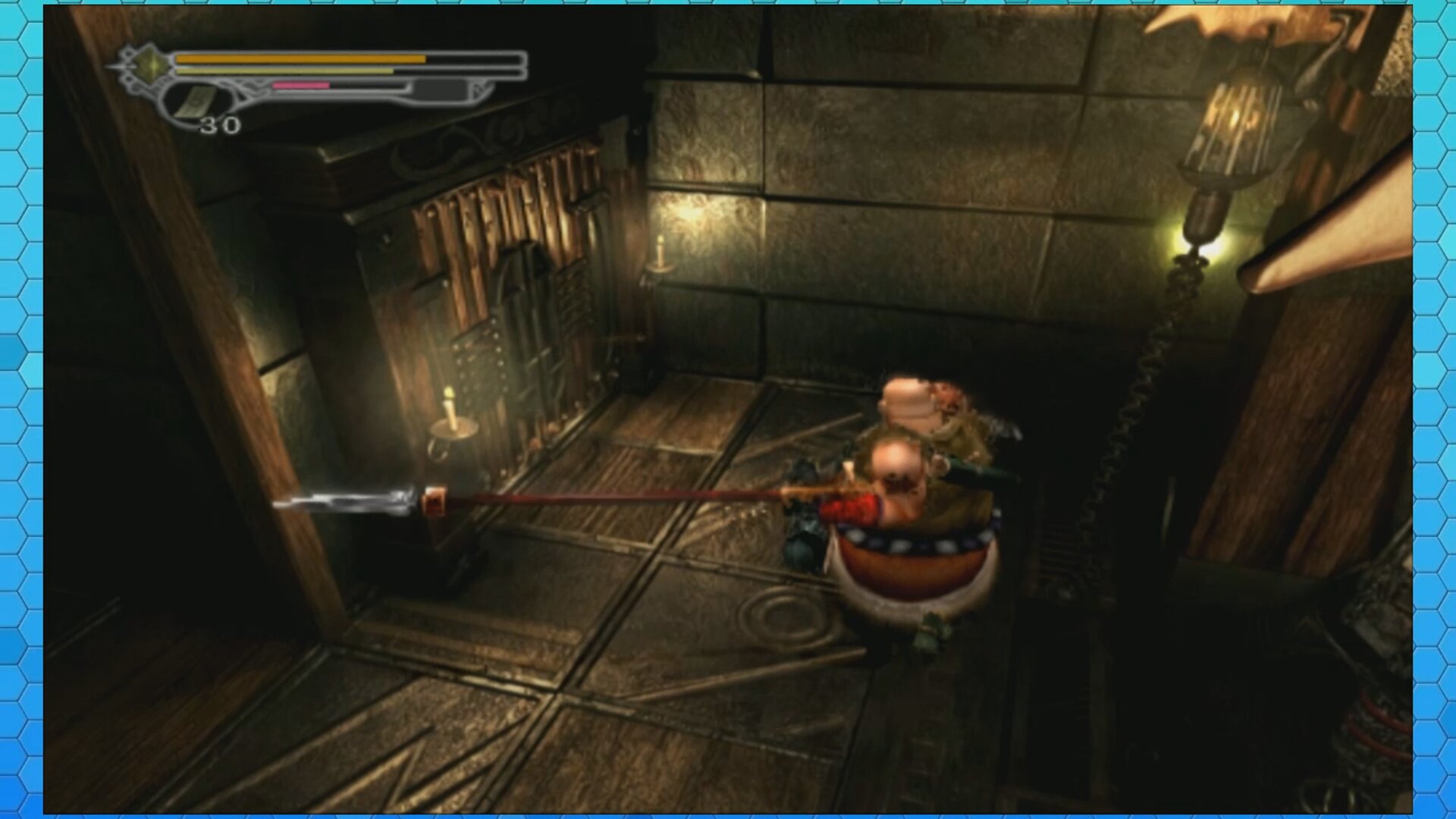

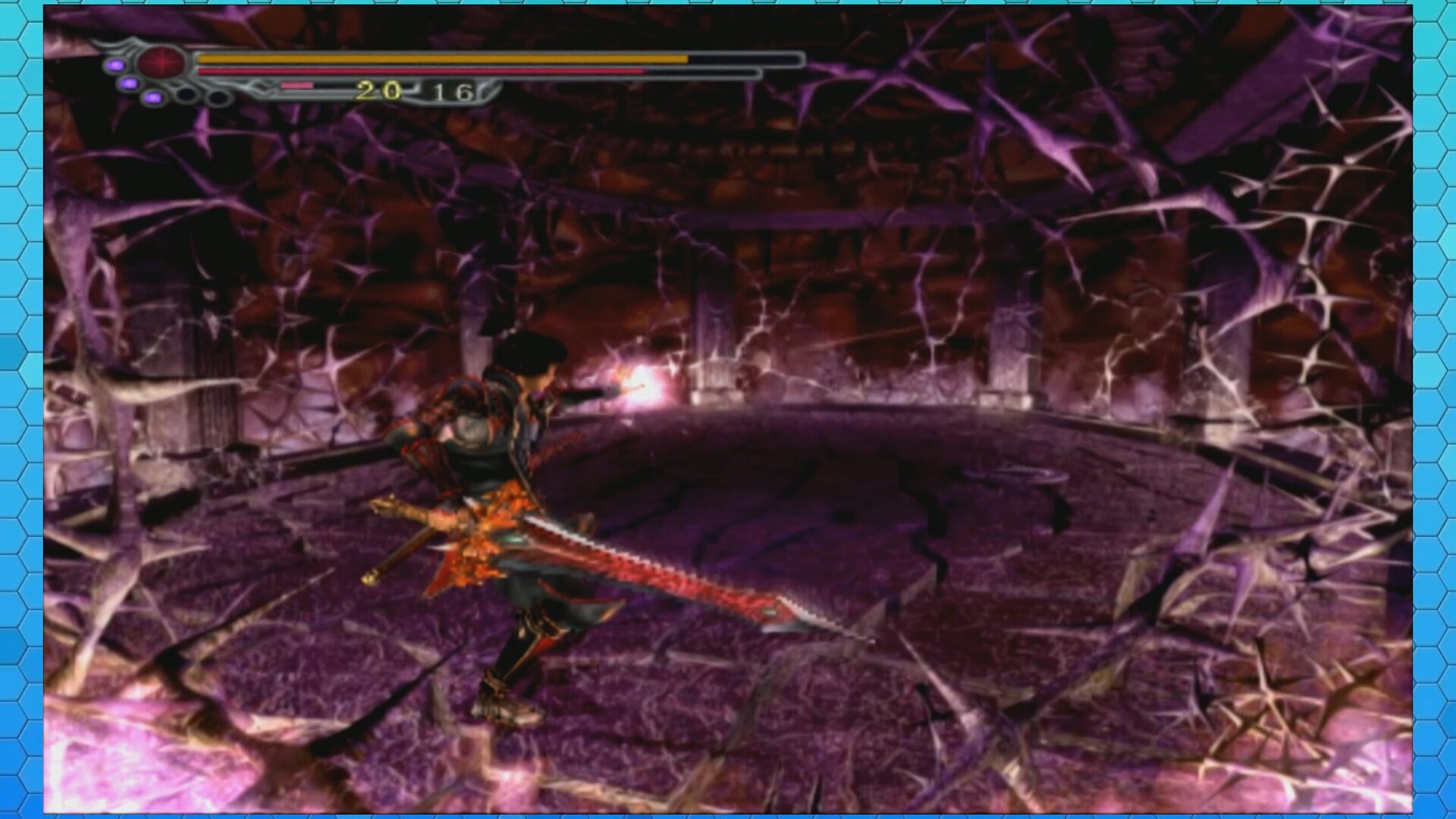
ONIMUSHA 2: SAMURAI’S DESTINY
In 2002, Capcom released a predictable follow up to Onimusha, seeing as how the first game was one of the more successful titles on the PS2. This time around the story focuses on Jubei Yagyu, the only survivor of his clan after an attack by Nobunaga’s army. Jubei eventually meets his mother shortly after the attack, who is an Oni and unlocks Jubei’s Oni powers, allowing him to absorb the souls of the Genma. Jubei then sets out for revenge against Nobunaga for the destruction of his home.
Onimusha 2 doesn’t change much as far as the game’s mechanics are concerned. Players will still be using tank controls and facing down Genma steel to steel, while skilled players will be able to take advantage of the counter system that was established in the first Onimusha. Where Onimusha 2 differs is the four other playable characters. At various points in the game’s story, depending on if the player has successfully connected with them with gifts and talking to them regularly, certain characters will help out Jubei when he’s in trouble. The player can control these heroes at times too, with each having their own quirks and abilities.
Each of the four characters have decently interesting stories, that often intersect with Jubei and each other. Oyu, the female warrior is probably the most vital to the game’s story, as she eventually becomes a love interest for Jubei. This is a slight tone shift from the much darker story of the first Onimusha, as the game’s later half is Jubei teaming up in fairly dry scenarios. It always a treat to see Ekei and Magoichi spat though, which adds some humor to the game.
Onimusha 2 is a nostalgic experience throughout, as the original game’s castle is the last area, with a lot of rooms and secrets intact. Fighting Genma in these areas feels awesome after playing the original game but it isn’t until this moment that Onimusha 2 really takes off.
The game’s beginning is a bit of a struggle by comparison, losing the tight focus of the first game, while still having some worthwhile moments. Making connections with the other characters can lead to some funny dialogue, and having them show up randomly for rooms as an ally is handy as the game’s difficulty is fairly tough. Although, it is aggravating when more time is spent giving presents than fighting demons. Throughout the game I found myself eager to just blow through to the next area to get back to the action.
Also different in Onimusha 2 is the significance of the boss characters. These Genma are colorful, and varied in their personalities. These creatures range to the pompous swordsman Gogandantess to the awkwardly sexual Jujudormah. These characters show up often in the game’s plot, and a few of them become recurring enemies. While it's cool to create rivalries and watch as these demons become progressively stronger, fighting them again and again does get old, especially Gogandantess, who is impossible to touch in the first few encounters.
Onimusha 2 does introduce new weapons aside from swords to use. Players will get to smash demons with a hammer or keep them at range with a spear. The Dark Realm also returns, but adds the caveat of having to know the location of each portal and having the right item to activate it. Each portal grants a new reward, while the best weapon in the game is available right before the final fight.
Luckily, there are unlockable scenes from multiple playthroughs. Harder modes can also be played later on, including a mode where only counters kill enemies. There is also a timeline that tracks which characters can enter the story, making it easier to determine what needs to be done to see all the game has to offer without the crutch of a walkthrough or guide.
All in all, Onimusha 2 is probably my least favorite of the main series. Jubei isn’t as strong of a character as his first game counterpart. That and much of what happens in Onimusha 2, even though it seems significant at the time, doesn’t really affect the series’ overall plot. Sure, we continue to see Nobunaga as the main antagonist, but it feels like Jubei’s efforts were wasted. Now, his story with Oyu is touching at points, especially towards the end, but Onimusha 2 feels like a loss of focus more than anything else.
This is the first game in the series to really play with the idea of the demons using technology though, creating an interesting mix of magitech fantasy and a traditional Japanese samurai narrative. This does give Onimusha 2 a uniqueness that carries over into other games.

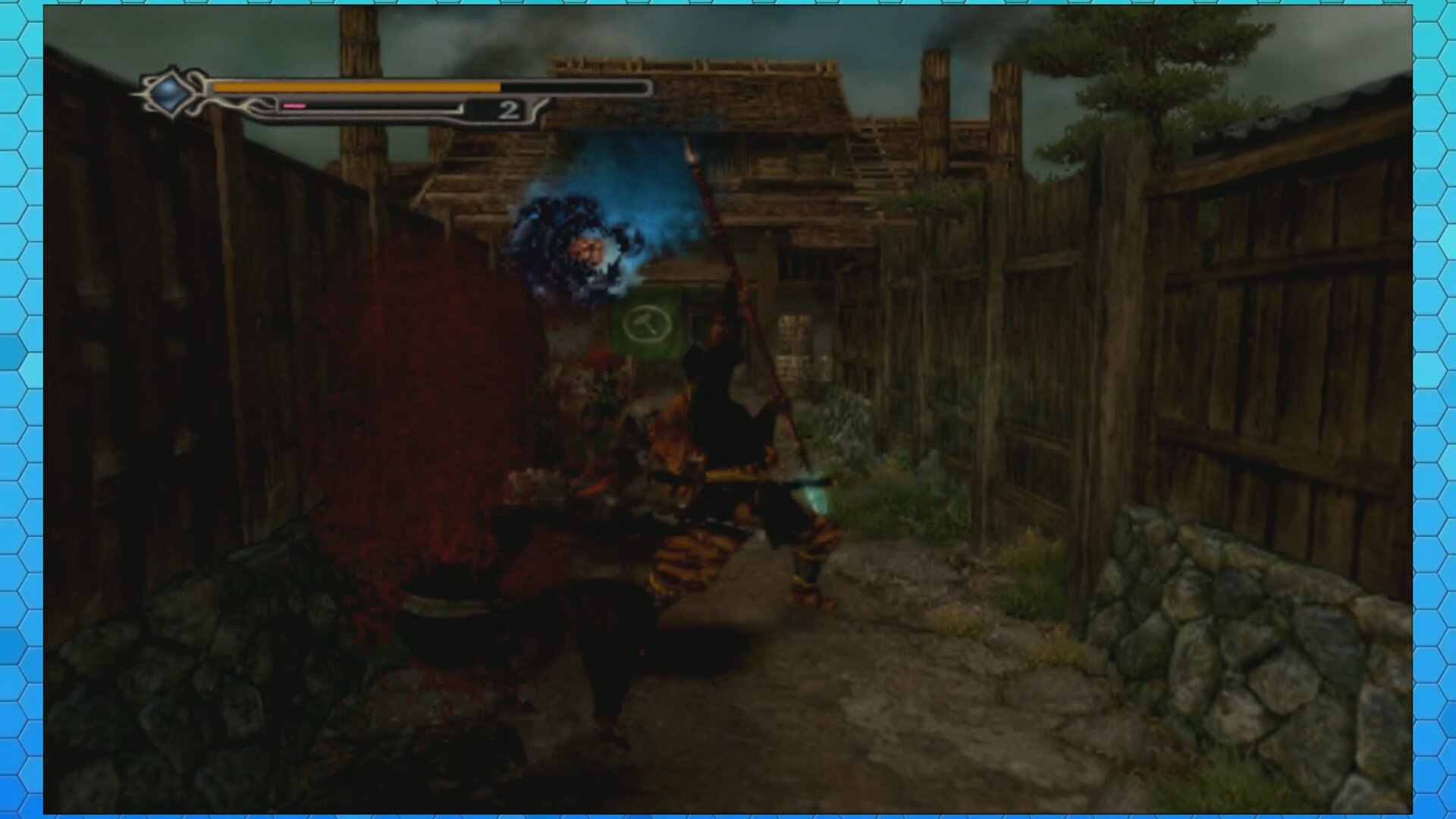
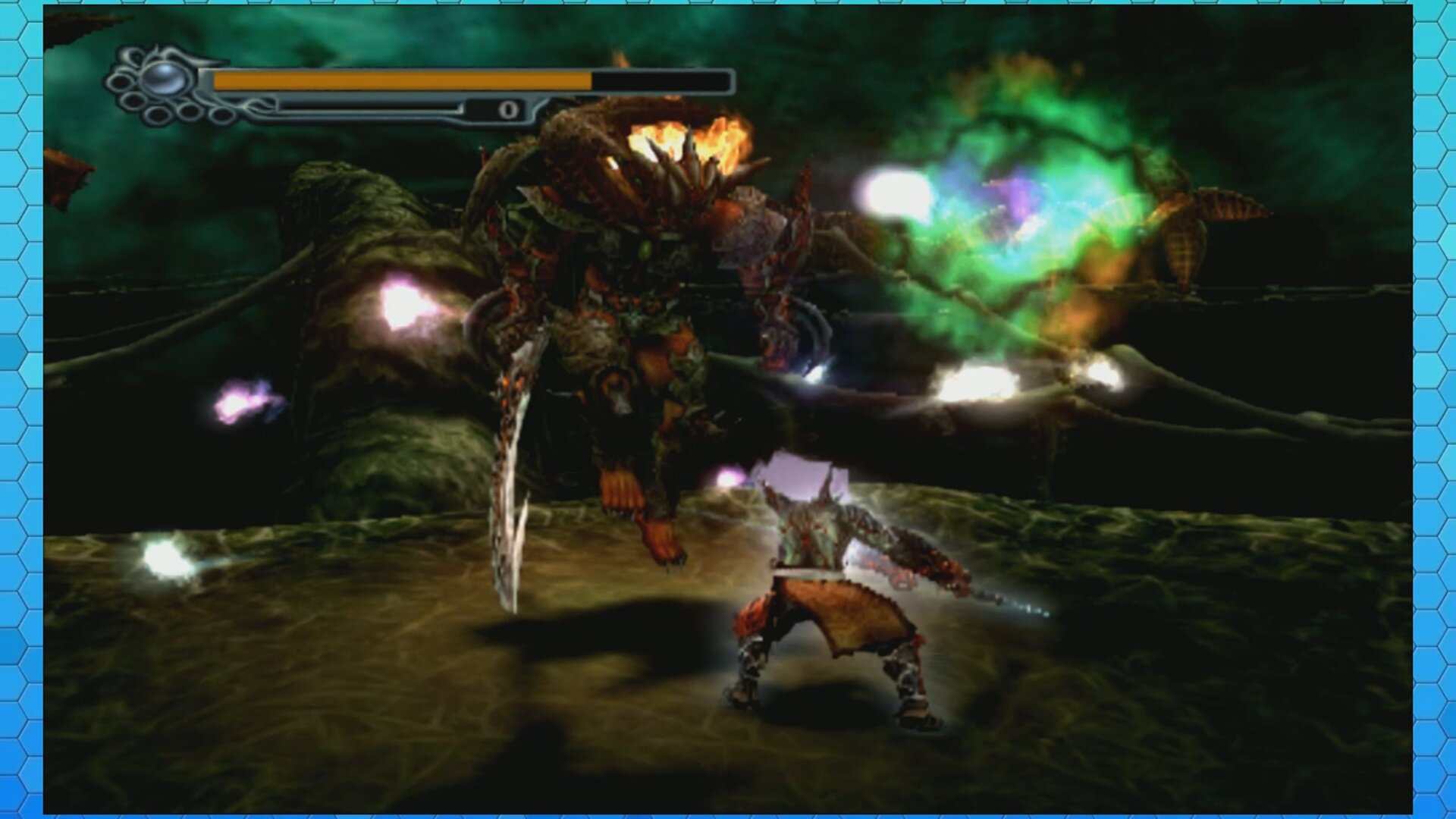
ONIMUSHA 3: DEMON SIEGE
From the opening scene, those who have played the other two games will immediately feel energized just at the reveal that Samanosuke is back and more badass than ever. This third entry seeks to finish the story of the battle against Nobunaga as an epic finale to the trilogy. Samanosuke is joined by the French officer Jacques Blanc, who is pulled into the past with Genma technology, while the samurai is pulled into the future. This back and forth narrative opens up two different combat styles as well as creates interesting dichotomies in setting.
The controls have been updated a bit for Onimusha 3, as the player can either use the usual tank controls with the D-Pad or walk around more freely with the Analog Stick. It’s liberating be able to move around in a more modern fashion, although in some combat situations it’s recommended to use the tank controls. The tank controls make for easier backsteps and artful dodges, which comes in handy for some of the more technical bosses.
Story wise, this Onimusha is one of the more plot-heavy titles. Since Jacques is sent to the past, he is constantly trying to get back to his son and fiance. Samanosuke wants to put an end to the demon invasion once and for all, so he teams up with Jacques’ fiance who is also a French officer. Onimusha 3 also has multiple languages at play, including a beginning portion when no one can understand Jacques in the past. Luckily, a Tengu named Ako can travel back and forth between times and acts as a translator, making her kind of like a more useful Navi. She’s also a cute and funny character, adding some much needed comic relief.
The usual hack and slash flair returns in Onimusha 3, with the added bonus of Jacques being able to grab enemies and objects with his weapons. There are few moments more fun than being swarmed with enemies, only to expertly toss them into one another to lead into devastating combos. Weapons design is also awesome in this title, as each of Jacques weapons incorporate his grab, while Samanosuke’s weapons include some devastating powers. After beating the game, players unlock the classic Onimusha weaponry as well, really adding to the replay value.
There are also some unlockable modes and challenges, such as a hard difficulty setting and combat encounters. These challenges require knowing the mechanics at work, and beating these trials feels amazing.
Finally wrapping up the conflict set up by the first Onimusha is incredibly satisfying. Samanosuke’s character development took him from being an honorable samurai to a badass warrior capable of taking down entire armies. Jacques also has some great moments, especially towards the end of the game.
Overall, I still wouldn’t rate Onimusha 3 as high as the original. This is a great way to finish the battle against Nobunaga though and a lot of the levels and puzzles add a lot of depth. Switching back and forth between characters instantly is pretty cool too.
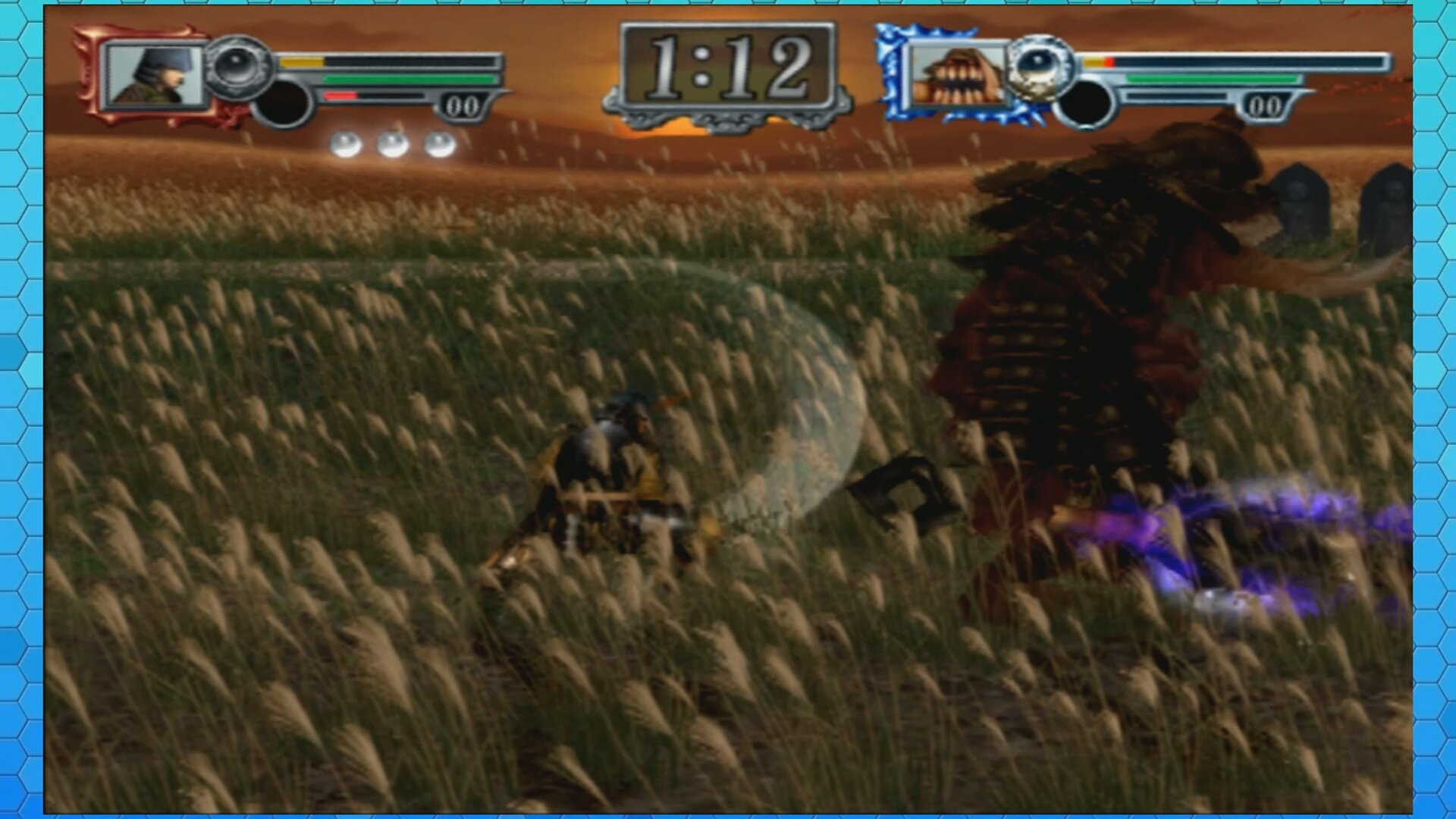



SPIN-OFFS
There are three games within the Onimusha series that deviate from the usual action-adventure genre that the main games do so well. Onimusha Tactics is a tactical RPG in the vein of Final Fantasy Tactics, but with much less depth to the combat. Onimusha: Blade Warriors is a fighting game comparable to Super Smash Bros featuring characters from the first two Onimusha games as well as a few surprises. Lastly there’s Onimusha Soul, a Japanese only card game that its players were not overly impressed with, even though the artwork for the characters is fantastic.
Of course, being that I do not speak or read Japanese, Onimusha Soul is impossible for me to play. I have played most of Onimusha Tactics, and while it’s cool to see more focus on the side characters of Onimusha 2, the overall game is incredibly dull and easily exploited for easy victory. Compared to most tactical RPGs, Onimusha Tactics is lacking a lot of the mechanics that make games in the genre fun.
Now, even though Onimusha: Blade Warriors is nowhere near as technical as Capcom’s other fighters or Super Smash Bros of which Blade Warriors is most compared to, I find the game to be a fun celebration of the franchise. Battling it out as the famous characters, iconic villains, the grunts, and even Megaman.EXE is fun for fans of the series. A lot of the central mechanics from the core games like absorbing souls, upgrading weapons, and being precise with attacks even carries over into Blade Warriors. Overall the game is a cool distraction for fans, but could definitely have been more interesting with some extra work. Note too that Onimusha: Blade Warriors was released only a month before Onimusha 3, meaning that all of the content from the third game was omitted from Blade Warriors.
ONIMUSHA: DAWN OF DREAMS
Many refer to Dawn of Dreams as a pale imitation of the Onimusha franchise. This game loses the memorable environments of the series and instead mimics the arenas full of enemies that are found in Dynasty Warriors. Graphics are average at best for the PS2 and the gameplay had lost its edge, with players being able to exploit moves easily. More RPG elements were added as well, feeling more like a way to pad out the game’s length than to add any significance.
There’s not much of a reason to play Dawn of Dreams, unless the series’ entire history is being sought after. There is a Dawn of Dreams CGI film out there, but judging by the game it probably doesn’t scratch that need for more Onimusha either.
CONCLUSION
It’s surprising just how few games are in the Onimusha franchise. At one point it was a best-selling franchise that helped further establish the massively successful PS2. I would go as far as to say that the first Onimusha is a masterpiece game, one that deserves to stand among some of the best games ever conceived on the PS2 platform and beyond. There are some blemishes on the rest of the series, showing a distance between concept and actual design. It is a unique setting to play with, with the demons being grotesque but technology-focused, so it's understanding that the idea wasn’t nailed every time.
Before playing these games back in 2016, I knew next to nothing about the Onimusha series. I only had a few friends being into it back in the day and I remember pouring through the manual on a few bus rides. I actually bought all three games on a whim at a retro gaming store, thinking to myself that as cheap as they were it’d be worth trying out. I came to grow to love this series, more than almost any other PS2 franchise.
Nothing would excite me more than Capcom revisiting Onimusha in some way or form. It would be great to see another worthwhile entry to the series or a full-blown remake like what was done for Resident Evil 2. Ditch the gameplay of Dawn of Dreams, bring back the core gameplay and concepts found in the first game, and we could have a fantastic way to bring back a dead franchise.
I can only hope Capcom doesn’t forget about one of the most worthwhile franchises in their repertoire.
Hopefully, with the HD release of Onimusha: Warlords, we’ll at least get ports of the other games to keep them alive for future generations as they are completely worthwhile.
